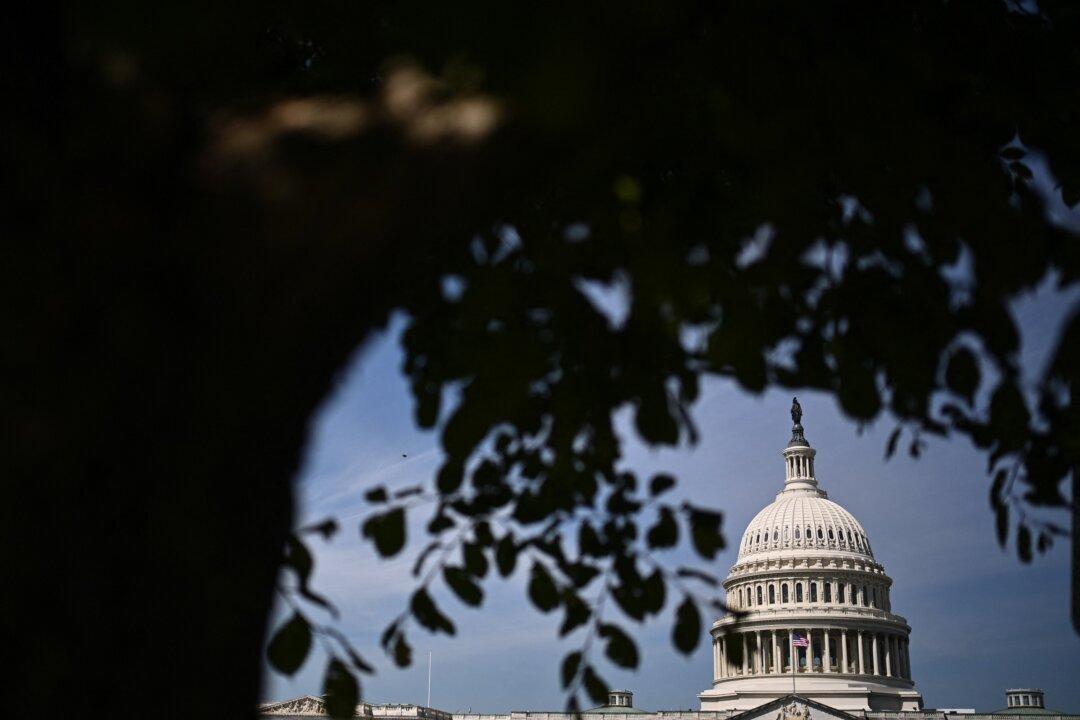The United States is grappling with an organized influx of illegal immigrants at the border, prompting an examination of the infrastructure supporting this catastrophe.
As I wrote last year, Mexican human smugglers specializing in transporting migrants to the United States have operated for more than a century. The U.S. Immigration Acts of 1917 and 1924 fueled illegal migration, leading thousands of Mexican migrants to cross the Rio Grande with the help of coyotes (Mexican human smugglers). This cottage industry was reported to Congress as an “illegal introduction” of Mexican aliens on a large scale.
The U.S. taxpayer and government—directly and indirectly—provide funding to various organizations in Central and South America that support migrant routes to the United States. Charities, some led by U.S. Catholic organizations, offer shelter and transportation, while local governments in Latin American countries provide shuttle services to migrants, moving them through pressure points and facilitating their journey.
Funds raised from U.S. church congregations often end up, unknowingly, in the bank accounts of places such as the Human Rights Center Fray Matías de Córdova in Tapachula, Mexico. Organizations such as these provide support to migrants—which is understandable—but they are also complicit in assisting migrants’ illegal entry into the United States.
Migrant and refugee organizations have curated immense profits from the global crisis. These organizations and their lobbyists do not want the situation to end. Hundreds of millions of federal immigration funds are allocated to Catholic immigration-focused charities annually. Many other examples exist, but the Catholic immigration network is the most prominent.
The network of operations facilitating Latin American migrants and refugees has been compared to a contemporary Underground Railroad, even though none of these individuals are enslaved. A majority of these migrants are seeking economic opportunities.
Remittance payments from the United States by economic migrants are estimated to be $800 billion per year (2022), and such remittances make up 20 percent of the gross domestic product of the following countries: Honduras, El Salvador, Jamaica, Haiti, and Nicaragua. Almost $100 billion in annual remittances are sent to Mexico, Brazil, Colombia, Peru, and Ecuador. Most of these payments escape taxation.
The net cost of illegal immigration in the American market is estimated to be more than $150 billion per year, but it is likely far more significant. Although you may wonder why the United States allows this to happen, upon a closer look, the answer can be found in the modern-day agenda of the American communist, socialist, and Democratic parties, along with the “pink tide” political administrations of Latin America.
In the United States, most leftist ideology today stems from the “New Left,” a collection of liberal, radical, and Marxist political movements that emerged during the 1960s. This ideology found a permanent home in U.S. universities, colleges, and Latin America, and today, it blames almost all grievances on structural racism, combining outrage with unified compassion to form a cohesive message to serve all the world’s displaced people.
This leftist network has championed the international migrant community, and there is a well-documented international industry profiting from assisting migrants in reaching the U.S. border, fueled by international aid, including U.S. taxpayer funds.
If we are to stop the illegality and tyranny of never-ending illegal migration, the United States must stop the coalitions that empower the illegal flow of humans across international borders.
We must realize that these countries in Latin America depend on financing from the United States. They depend on remittances, foreign aid, foreign investment, and our charitable giving. This gives the United States the obvious upper hand.
If we continue to allow the grift, we will become the lead financiers of global mass migration, ignorantly allowing our finances to be weaponized against our own country.
If the United States wants a continuous pipeline of cheap labor, we must find an applicable way to tax the earners and control illegal immigration. We must reconsider foreign aid and foreign direct investment to Latin America and hold migrant-focused, profit-seeking charities accountable.







